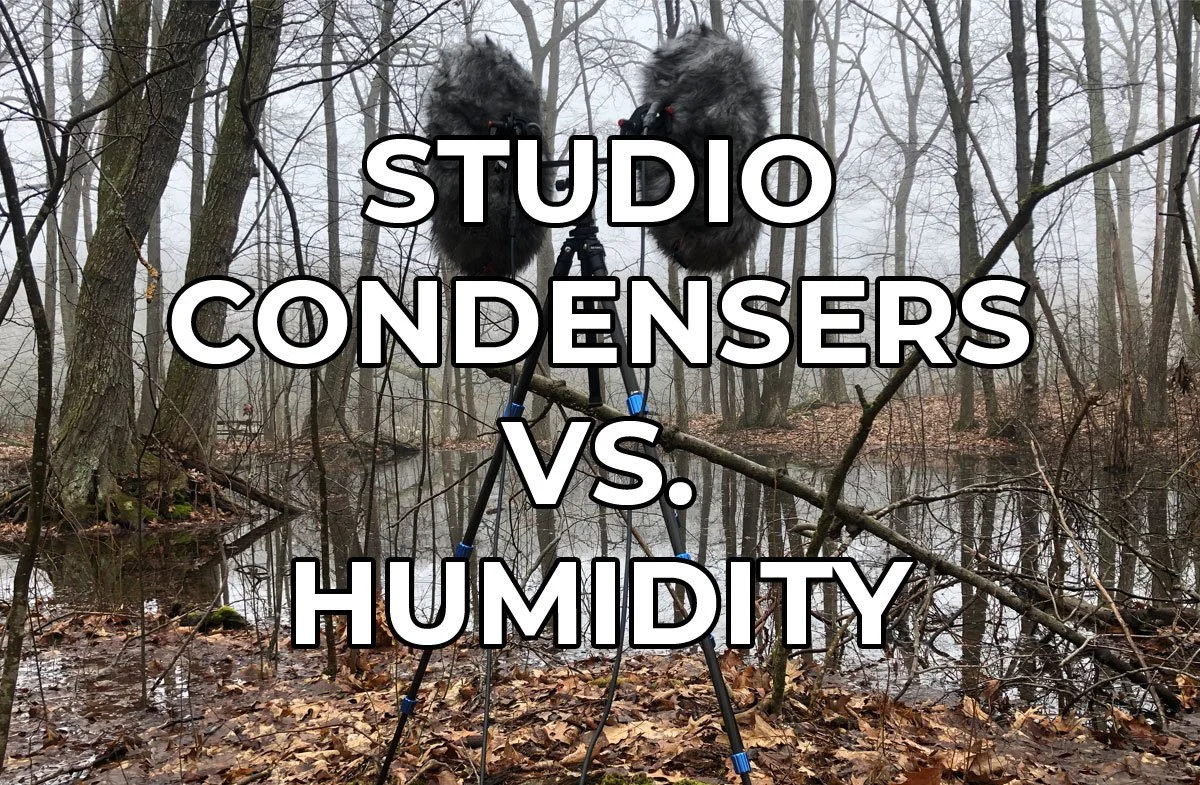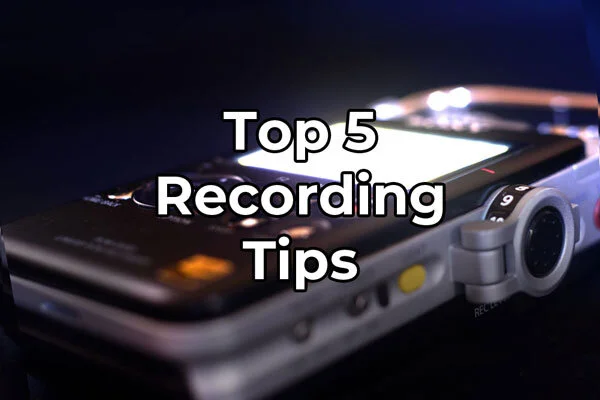Studio Condenser Mics vs. Humidity
Can studio condenser microphones be used in humid conditions? Find out in this article!
*2023 UPDATE: After extensive use of my Lewitt 540 SubZero large diaphragm microphones, I have experienced moisture distortion, especially during overnight drop rigs with large temperature swings and lots of morning dew.
The distortions are infrequent, high-frequency clicks that are thankfully easy to remove without noticeably affecting the soundscape, since the clicks occur in a frequency range largely unoccupied by wildlife and natural sounds in general.
As a result, my SubZero rig is still in regular use and their incredibly low noise floor (4dBA) makes the tedious process of click removal worth it for capturing extremely quiet soundscapes.
Studio microphones are large diaphragm condenser microphones. They’re commonly called “studio” condensers because that’s where they’re primarily used: indoors and in controlled environments.
Many forums will warn you against using studio condensers outdoors because they cannot tolerate humidity and will produce hissing, crackling and popping noises but is this true?
Because studio condenser microphones have significantly less noise than their moisture-resistant, RF-biased cousins, I wanted to test them out in the elements for ultra-low-noise nature recordings.
The Microphones
x2 Lewitt 540 Subzero Microphones
For this test, I’m using a pair of Lewitt 540 Subzero studio condenser microphones.
They are the lowest self-noise microphones in existence with only 4 dB of noise.
This level of noise makes them perfect candidates for recording quiet nature sounds without any audible hiss in the background.
The Conditions
Studio condenser microphones subjected to fog and light rain.
To make this test as difficult as possible for the 540 Subzeros, I chose a rainy, foggy day.
55°F
100% humidity
Intermittent, light rain
Results
After recording and monitoring for 40 minutes, I heard zero hissing, crackling or popping sounds caused by humidity or moisture.
I did have the 540 Subzeros in blimps and with furry windjammers, but this is my standard setup.
Additionally, the microphones sounded beautiful.
I used them to record chorusing wood frogs, Lithobates sylvaticus, which is a sound only heard during early spring.
Wood frogs spend the rest of the year away from water, deep in forests. They are not very well studied or understood because of how difficult they are to find.
If you’re interested in using ultra-low-noise studio condensers for your field recordings, the Rode NT1a and NT1 are more affordable options.
Support Acoustic Nature
If you enjoyed this post and would like to help support Acoustic Nature, please consider "buying me a coffee" or becoming a Patreon with the buttons below.
As a thank you for your support, Patreon supporters receive a copy of Field Recording For Beginners, exclusive access to the full Behind The Sounds video series, nature sound library downloads, and more.
If you are unable to support the site financially, please share this post with others, or leave a comment below letting me know you enjoyed this post! Both are free and help the website grow. Thank you ♫
Thanks for reading,
-Jared













